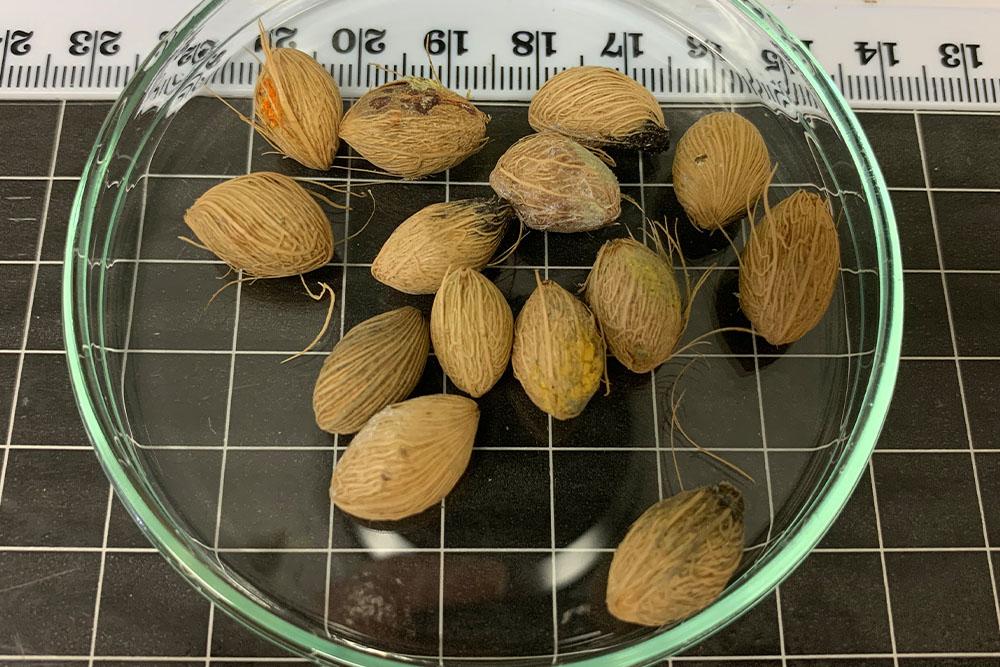World Rabies Day 2022 with the theme ‘Rabies: One Health, Zero Deaths’ is raising awareness of the global target to end human deaths from dog-mediated rabies by 2030.
Australian Chief Veterinary Officer Dr Mark Schipp said the department was working closely with neighbouring countries to address high-risk pathways for the spread of rabies into Australia and contribute to the eradication of the disease.
“Australia remains one of the few countries in the world free from rabies”, Dr Schipp said.
“Around the world at least 59,000 people die from rabies each year, with the majority of these deaths occurring in Africa and Asia. Over 99% of these cases are caused by bites from infected dogs.
“It has been estimated that Asia accounts for nearly 60% of the global burden of rabies.
“Australia supports our close neighbours Indonesia, Papua New Guinea and Timor-Leste with rabies preparedness and surveillance initiatives and provides assistance with rabies response strategies, diagnostic capacity, and the development of national rabies management plans.
“Australia has supported the development of a rabies vaccine bank through the World Organisation for Animal Health that can be used by at risk countries. This includes Australia’s recent purchase of 200,000 doses of rabies vaccine which arrived in Bali this month.
“This forms part of over $1.2 million being invested by the Department of Agriculture, Fisheries and Forestry over the next three years to increase the scope and effectiveness of the existing rabies regional support project, including a mass dog vaccination program in Bali and developing or updating national rabies prevention and control plans in other neighbouring countries.
“Importing cats and dogs from rabies-endemic countries is a high risk pathway for rabies to enter Australia. We need to ensure that cats and dogs entering from rabies-endemic countries have been vaccinated and developed immunity to the disease at least 180 days before entry.
“The department is currently reviewing the existing import conditions for cats and dogs to ensure they provide the right level of protection.
“This year to date the post entry quarantine (PEQ) facility in Melbourne has seen 4,886 cats and dogs imported. This state-of-the-art facility is where cats and dogs are monitored by biosecurity staff for symptoms of rabies to ensure the disease does not enter Australia.”
Further information on work to protect Australia from rabies is available here: https://www.agriculture.gov.au/agriculture-land/animal/health/rabies
Further information on bringing cats and dogs to Australia is available here: https://www.agriculture.gov.au/biosecurity-trade/cats-dogs
Fast Facts
- 2022 marks the 16th World Rabies Day, and the theme is ‘Rabies: One Health, Zero Deaths’.
- If rabies became established in Australia, the toll on human and animal health would be profound and the cost of response and recovery immense.
- Australia partners with other countries and organisations to improve early detection, preparedness, response, control and recovery options for rabies and other emerging and infectious diseases.
- The department works overseas, at the border and with communities across Australia to keep Australia free from rabies and other exotic diseases.
- This includes engaging with Indigenous communities in Northern Australia as part of the Northern Australia Quarantine Strategy (NAQS). These communities play a vital role in ensuring Australia maintains its status as free from rabies and other exotic diseases.



